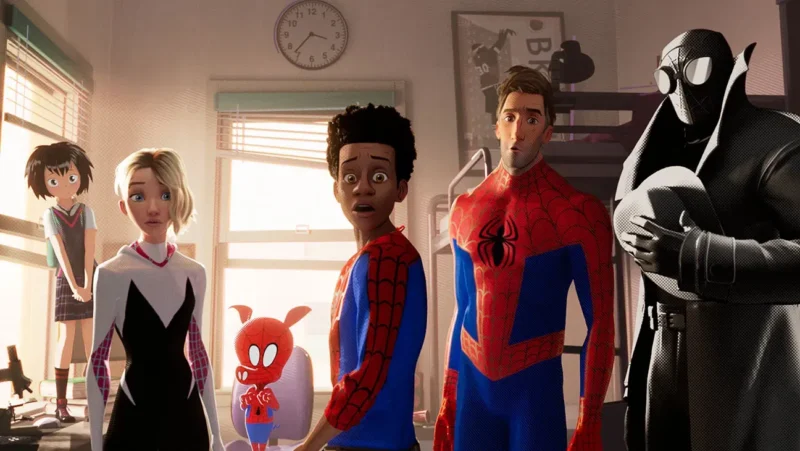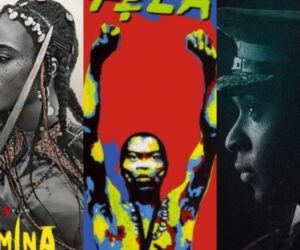
Animation is one medium that crosses age groups, countries, cultures, and even industries.
Disney fairy tales, Japanese anime, short explainer videos, and massive CGI spectacles of modern Hollywood; animation has become its own universal language.
At its most basic level, animation is simply a collection of images shown in rapid sequence to create the illusion of movement. But behind that simple idea lies a huge, complex world filled with different techniques, technologies, and creative approaches.
To understand animation is to understand how visual storytelling has evolved. As technology keeps advancing, animation continues to break boundaries, proving again and again that imagination truly has no limits.
This article takes a deep look into the major types of animation, where they come from, how they work, and how each one shapes the way stories are told today.
1. Traditional (Hand-Drawn) Animation
Traditional animation, also called 2D hand-drawn animation, is the root of the entire animation industry. Before computers, animators drew every frame by hand.
Classic films like Snow White, The Lion King (1994), and The Little Mermaid were built from thousands of individual drawings.
The process usually begins with “key poses,” which show the most important movements. Other artists then fill in the in-between frames to make the motion smooth.
The drawings used to be done on transparent sheets called cels, painted by hand, then placed over a background and photographed.
Beyond its method, hand-drawn animation has a powerful emotional quality. Every line and stroke reflects the animator’s personality and intention.
Studios such as Studio Ghibli continue to use this form, often mixing hand-drawn lines with digital painting to speed up production while keeping the timeless aesthetic alive.
2. 2D Vector Animation
2D vector animation uses computer-generated images built from mathematical lines and shapes rather than hand-drawn frames. Because vector images can scale without losing quality, they’re perfect for clean, sharp animations.
Programs like Adobe Animate and Toon Boom Harmony allow animators to “rig” characters, like building digital puppets.
Once rigged, animators can move limbs, faces, and props without drawing each frame from scratch. This makes production much faster.
Vector animation is popular for Online explainer videos, educational content, ads and branding and TV cartoons. Shows like Foster’s Home for Imaginary Friends and Rick and Morty use vector-based techniques.
3. 3D Computer Animation
3D animation is one of the most dominant forms of animation today. Instead of drawing characters, animators build them as digital models inside a virtual 3D space. Software like Blender, Maya, and Cinema 4D are commonly used.
Characters are sculpted, textured, and rigged with a digital skeleton. Animators then move these skeletons to bring the characters to life.
Pixar’s Toy Story (1995) was the breakthrough film that showed the world what 3D animation could do. Since then, it has become the standard for most major animated films and many video games.
3D animation is powerful because it can simulate realistic light, physics, depth and camera movement and detailed textures.
However, it is also highly technical and often requires large teams working on modelling, rigging, animation, lighting, effects, and compositing. Even so, its ability to create stunning, lifelike worlds keeps it at the forefront of modern filmmaking.
4. Motion Graphics
Motion graphics focus on moving shapes, text, icons, and symbols instead of characters. They are everywhere, advertising, branding, news broadcasts, social media, YouTube intros, film title sequences, and user interfaces.
Tools like After Effects and Apple Motion are used to animate logos, infographics, kinetic typography, UI animations and lower-third captions.
Motion graphics combine design with animation to communicate ideas clearly and stylishly. They’re especially effective at breaking down complex information in a visually appealing way.
5. Stop-Motion Animation
Stop-motion animation involves photographing real physical objects one frame at a time. After each photo, the object is moved slightly. When the images are played together, the object appears to move on its own.
It is a very old technique, but it still charms audiences because of its tactile, handmade quality. Everything, from the characters to the sets, is built physically.
Films like Wallace and Gromit, Coraline, and Kubo and the Two Strings are beloved examples. Studios like Aardman and LAIKA are known for their mastery of stop-motion.
Stop-motion stands out because it builds real miniature worlds instead of simulating them. Its physicality is part of its magic.
ALSO READ: CGI Animation Turned These Legendary Characters Into Creepy Weirdos






![Fashion and Film Are Changing African Storytelling [AFRIFF]](https://nnu.ng/wp-content/uploads/2025/11/aa7c17b2-991d-4771-937a-2fe6d1f898b3-300x250.png)

